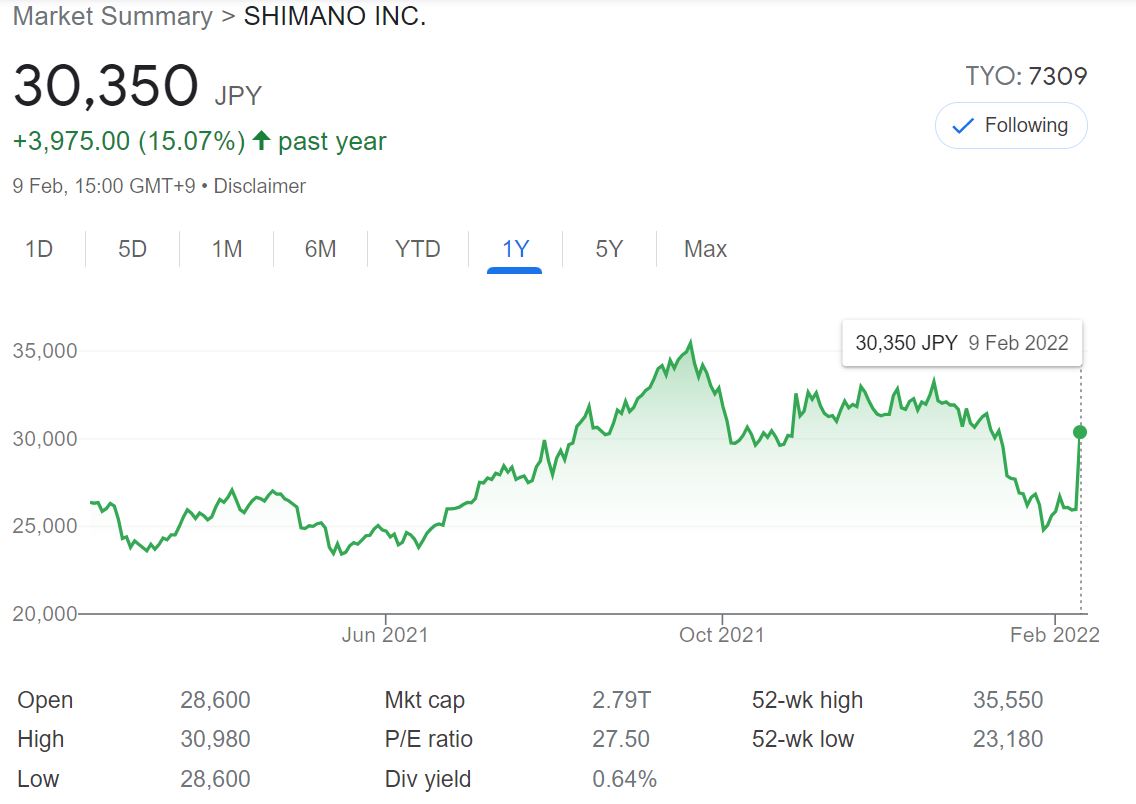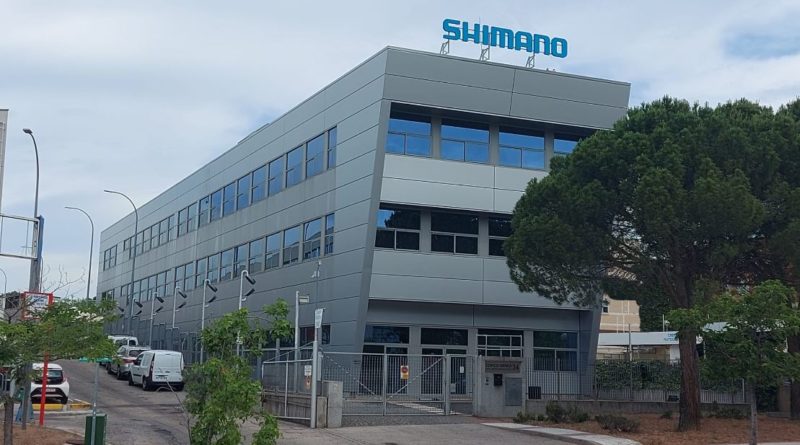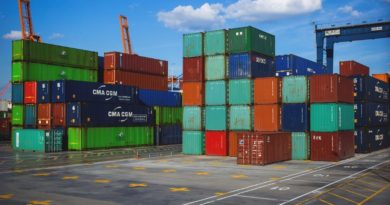A year in review: How Shimano has navigated Covid’s complications
The biggest year for Shimano since 2015 also coincided with its 100-year anniversary, and a global pandemic. With COVID directly impacting the global cycling giant, 2021 saw numerous challenges for an organisation with manufacturing facilities across a range of territories, supporting businesses across the global marketplace.
Financially, the big S road the wave of lockdown driven cycling popularity, recording record figures, with net sales from the bicycle division up 49.0% to £2.8 billion (443.7 billion yen), with operating income up 82.7% to £798 million (125.2 billion yen), against 2020 figures.
In review, the 2021 figures do also highlight the challenges of early 2020, with closed manufacturing facilities resulting from local, regional and national lockdowns, reflected in that much of 2021’s growth happened in the first half of the year. In the wake of an emerging supply and demand imbalance competitor’s to the dominant Japanese firm have capitalised as shops and distributors globally have sought to fill gaps.
Despite a record financial performance for Shimano, the centenary year wasn’t all plain sailing. In May, the business saw vocal criticism from some within the industry – in the face of a reported 400 day back-order lead time – for the apparent reluctance in scaling to meet the new demand. Shimano’s caution, based on concerns that any new manufacturing capability would come online as COVID specific demand had begun to subside, would also, in part, have been informed by its dominant market share across the cycling industry. In response the business pointed industry commentators and retailers to the £132 million ($179 million USD) investment made in the 2020 planned build of a new manufacturing facility, delayed because of the global pandemic.
Assessing trade condition as part of Q4 reporting, Shimano noted, “Bicycle Components Demand for mid to high-end bicycles remained at high levels due to the global cycling boom, triggered by the spread of COVID-19, but some markets began to settle down in the second half of fiscal year 2021.”
“In the European market, high demand for bicycles and bicycle-related products continued, backed by governments’ policies to promote bicycles in response to growing environmental awareness. Market inventories of completed bicycles remained at low levels despite signs of improvement.”
“In the North American market, while demand for bicycles continued to be high, market inventories, centring around entry-class bicycles, began to approach appropriate levels.”
In “Forecast for the Future”, the Q4 report acknowledges, “concern that the global economy will be weighed down by the infection spread of new, highly infectious variants, and that shortages of semiconductors and electronic components, rising prices of raw materials, tight logistics, a labour shortage, and other problems may further worsen.”
When assessing global economic forecast, the company also notes, “In China, there is concern that the economy will slow down sharply due to worsening debt problems at certain companies, among other factors. The impact of the slowdown will spread to the world economy and drag down the economy.” reflecting a widely held concern voiced by global markets observers.




